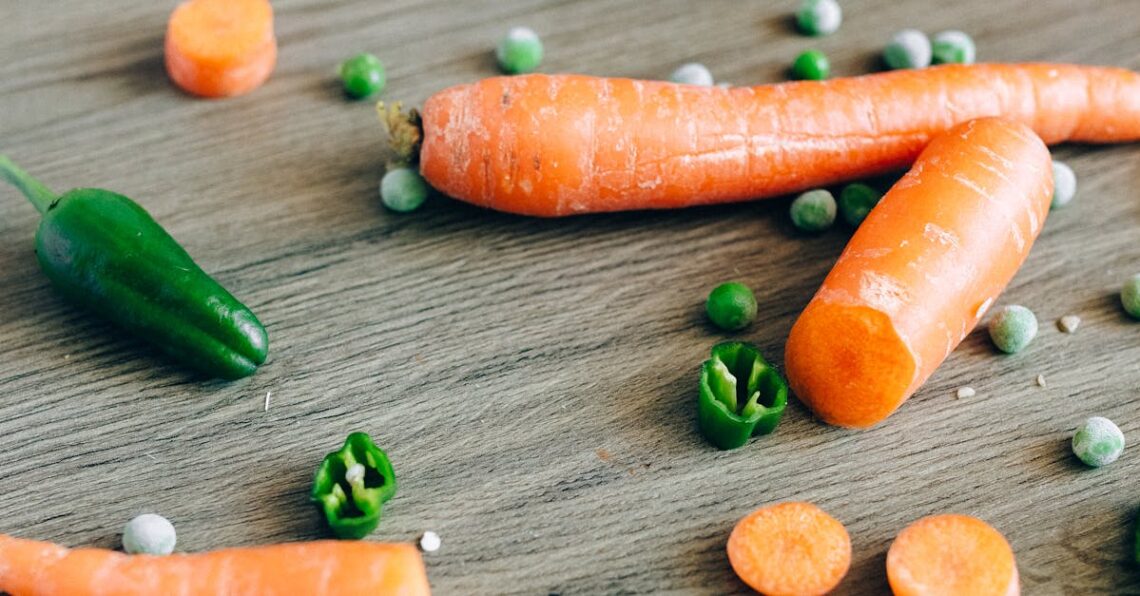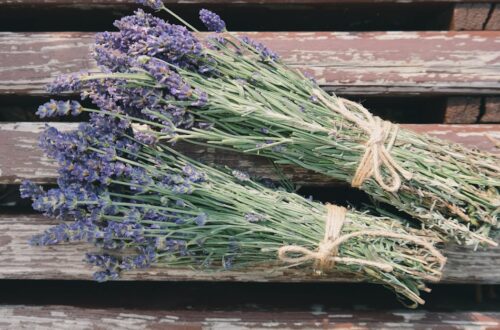Growing peas from seed is a rewarding endeavor for both novice and experienced gardeners. These lush, vibrant plants not only add flavor and nutrition to your meals but also enrich the soil with nitrogen. In this comprehensive guide, we will explore everything you need to know about starting your own pea patch—from the best types of seeds to sow, to essential growing tips that ensure a bountiful harvest. Whether you want to grow sweet peas, shelling peas, or snap peas, understanding how to successfully cultivate these crops will enhance your gardening experience and yield satisfying results.
Types of Peas to Grow
When considering types of peas to grow, there are three main categories that stand out. First, shelling peas, which are harvested in their pods and then shelled for their sweet, tender peas. Next are snap peas, offering the delightful experience of eating the whole pod, which is both crisp and sugary. Lastly, snow peas are perfect for stir-frying and feature flat pods with small peas inside. Each variety not only varies in flavor and use, but they also contribute to a diverse home garden. Choosing the right type will depend on your culinary preferences and space available for growing peas from seed.
Shelling Peas
Shelling peas are typically sweeter and best used in recipes where their delicate flavor can shine.
Snap Peas
Snap peas combine crispness and sweetness, making them perfect for fresh salads.
Snow Peas
Snow peas offer a unique texture and are ideal for quick cooking or fresh snacking.

Preparing the Soil
Preparing the soil is crucial for successfully growing peas from seed. Start by testing soil quality, as peas thrive in well-drained, fertile soil with a pH of 6.0 to 7.0. Use a soil testing kit to check nutrient levels, ensuring your soil has the right balance for optimal growth. If your soil lacks necessary nutrients, consider adding organic matter such as compost or well-rotted manure. Additionally, implementing proper tillage practices helps aerate the soil and improves drainage. Loosening the soil allows peas to establish deep root systems, which ultimately leads to healthier plants and a bountiful harvest. With the right preparation, your pea plants will flourish and produce abundant yields.
Testing Soil Quality
Ensure your soil is well-drained and contains essential nutrients.
Soil Amendments
Incorporate compost or manure to boost nutrient levels.
Tillage Practices
Loosen the soil for better aeration and drainage.

When to Plant Peas
Timing is crucial when it comes to planting peas. The best time to plant these seeds typically falls in early spring, as they thrive in cooler temperatures. Ideally, you want to plant them 4 to 6 weeks before the last frost date, ensuring a healthy and robust yield. Remember that different pea varieties may have slightly different needs, so be sure to check specific recommendations for the type you’re growing. For instance, garden peas can tolerate some frost, while snap peas prefer milder conditions. By choosing the right time for your specific region, you can optimize your harvest and enjoy fresh peas in no time!
Optimal Planting Seasons
The ideal seasons for planting peas are early spring and fall in warmer climates, ensuring that soil temperatures are conducive to growth.
Frost Dates and Pea Varieties
Understanding your local frost dates will help you select the best varieties, as some peas are more frost-resistant than others.
Timing for Different Regions
Consider regional climate differences; northern gardeners may plant earlier than those in the south due to varied frost timelines.

Planting Seeds
When embarking on the journey of planting seeds, selecting the right pea variety is crucial. Varieties such as snap, snow, and shelling peas each have unique growth requirements and flavor profiles. Consider your local climate and the growing season to make the best choice. Next, proper planting depth and spacing are essential for healthy development; ideally, peas should be sown about 1-2 inches deep and spaced 2-4 inches apart. Finally, effective watering techniques post-planting set the stage for success. Ensure soil remains consistently moist but avoid waterlogging. This approach helps facilitate optimal germination and establishes strong roots, particularly when growing peas from seed. Emphasizing these elements will lead to a fruitful harvest and healthy plants.
Choosing the Right Seed Variety
Choosing the right seed variety is integral to successful pea cultivation. Options like snap and shelling peas cater to diverse tastes.
Planting Depth and Spacing
Typically, plant peas at a depth of 1-2 inches with spacing of 2-4 inches for optimal growth.
Watering Techniques Post-Planting
Water thoroughly but ensure good drainage, keeping soil moist to promote germination and root establishment.

Caring for Pea Plants
Caring for pea plants is essential for achieving a bountiful harvest. Start by ensuring that your plants receive adequate watering; they thrive in moist but well-drained soil. Watering deeply, about once a week, encourages strong root development. Nutrient-rich soil can be enhanced with organic compost. Fertilizing your peas with a balanced, organic fertilizer boosts their growth, particularly during the flowering phase. Additionally, regularly check for pests and diseases such as aphids or powdery mildew. Early intervention using organic pesticides or natural remedies helps maintain healthy plants. With attentive care, you’ll enjoy vibrant and productive pea plants, perfect for your garden. Consider implementing these practices to maximize your yield and enjoy gardening more!
Watering Guidelines
Water your pea plants deeply, about once a week, to keep the soil consistently moist.
Fertilizing Your Peas
Use a balanced organic fertilizer during the flowering phase to promote growth.
Managing Pests and Diseases
Regular checks for pests like aphids are key; use organic remedies for control.

Harvesting Peas
Harvesting peas at the right time is crucial for optimal flavor and freshness. Generally, peas are ready to be picked when the pods are plump and bright green, usually about 60 to 70 days after sowing. Check the pods regularly, as they can mature quickly! A simple taste test can also guide your harvesting time. For a smooth, clean harvest, use sharp garden scissors to cut the pods gently from the vine. Avoid pulling them, as this may damage the plant. To maintain quality, store harvested peas in a cool, dark place or refrigerate them in a breathable container. Enjoying freshly harvested peas can elevate your dishes significantly!
Determining Ripeness
Look for bright green, plump pods.
How to Harvest Carefully
Use scissors to cut pods gently.
Storage Tips for Fresh Peas
Store in a cool, dark place.

Tips for Continuous Harvest
To maximize your yield while growing peas from seed, employing succession planting methods can be highly effective. Begin by sowing pea seeds every two weeks, creating staggered harvests throughout the growing season. Pairing crops through companion planting enriches soil nutrients and reduces pests. Consider planting peas with radishes or carrots to benefit both crops. Additionally, implement season extension techniques such as row covers or cloches to protect young plants from temperature fluctuations, thereby enhancing growth duration. This strategic approach not only elevates your gardening success but also contributes to a sustainable gardening practice, fostering healthy soil and diverse plant ecosystems. Engage with these methods to enjoy a bountiful harvest!
Succession Planting Methods
Succession planting involves sowing new seeds at regular intervals, ensuring a staggered harvest. This technique keeps your garden productive throughout the season.
Companion Planting Recommendations
Planting peas alongside carrots or radishes can maximize space and yield while improving soil health and deterring pests.
Season Extensions Techniques
Using row covers or cloches helps protect young plants from cold, allowing for earlier planting and longer harvesting periods.

Conclusion
In conclusion, growing peas from seed can be a delightful and gratifying gardening experience. With the right techniques and knowledge, you can cultivate a variety of peas that will enhance your meals and contribute positively to your garden ecosystem. Start your journey into the world of pea-growing today, and enjoy the fruits of your labor.






